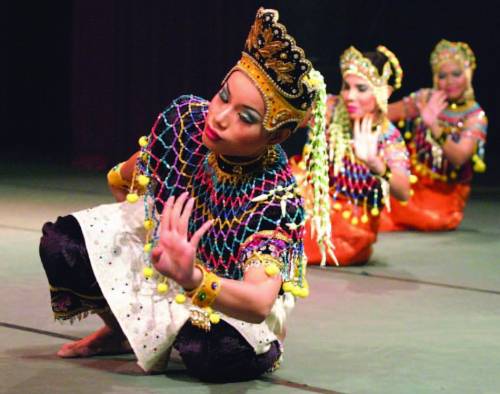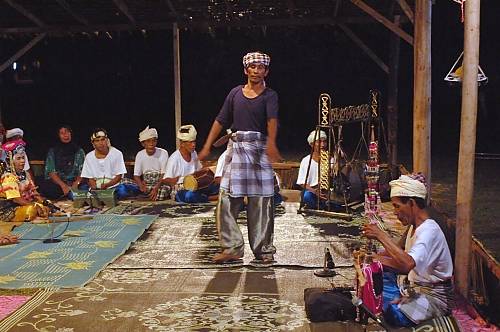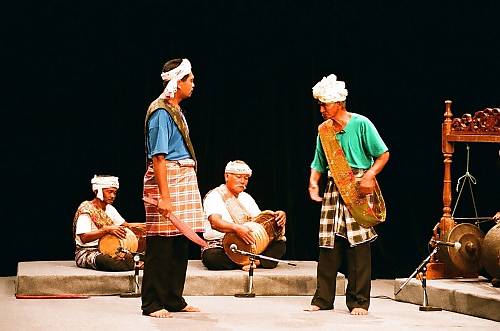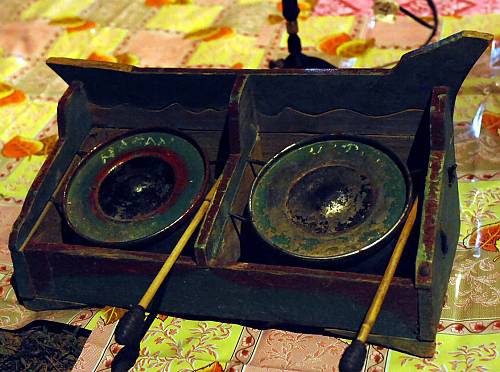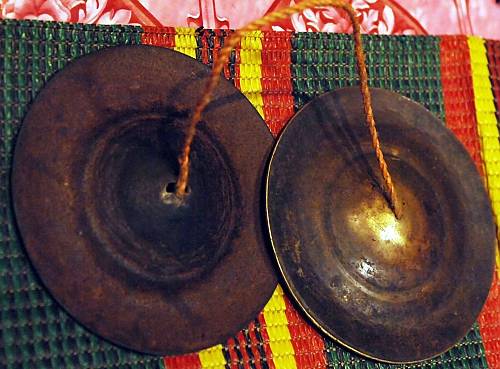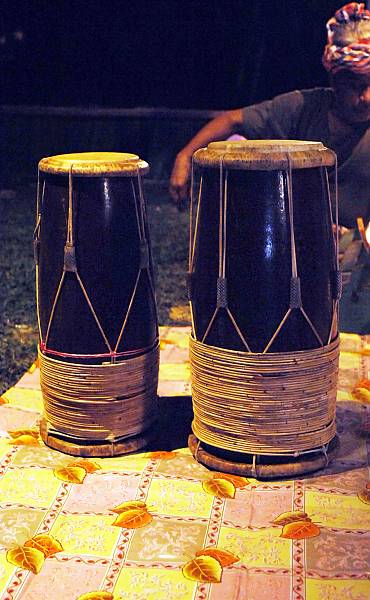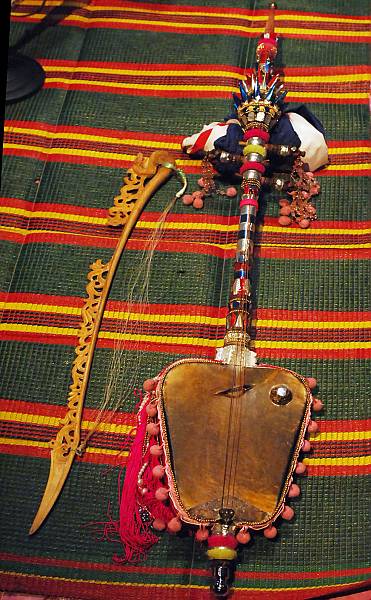Mak Yong theatre
Inscribed in 2008 (3.COM) on the Representative List of the Intangible Cultural Heritage of Humanity (originally proclaimed in 2005)
This ancient theatre form created by Malaysia’s Malay communities combines acting, vocal and instrumental music, gestures and elaborate costumes. Specific to the villages of Kelantan in northwest Malaysia, where the tradition originated, Mak Yong is performed mainly as entertainment or for ritual purposes related to healing practices.
Experts believe that Mak Yong appeared well before the Islamization of the country. It was performed as a royal theatre under the direct patronage of the Kelantan Sultanate until the 1920s. Hence, the tradition was perpetuated in a rural context without forsaking the numerous refinements acquired at court, such as sophisticated costume design. A typical Mak Yong performance opens with an offering followed by dances, acting and music as well as improvised monologues and dialogues. A single story can be presented over several consecutive nights in a series of three-hour performances. In the traditional village setting, the performances are held on a temporary open stage built of wood and palm leaves. The audience sits on three sides of the stage, the fourth side being reserved for the orchestra consisting of a three-stringed spiked fiddle (rebab), a pair of doubleheaded barrel drums (gendang) and hanging knobbed gongs (tetawak). Most roles are performed by women, and the stories are based on ancient Malay folk tales peopled with royal characters, divinities and clowns. Mak Yong is also associated with rituals in which shamans attempt to heal through song, trance-dance and spirit possession.
Mak Yong, which requires long years of training, has been preserved until the present largely through oral transmission. In today’s society, few young people are willing to commit to such rigorous apprenticeships. As a result, this important tradition is undergoing steady decline, as attested by reduced dramatic and musical repertories and a shortage of seasoned performers.

